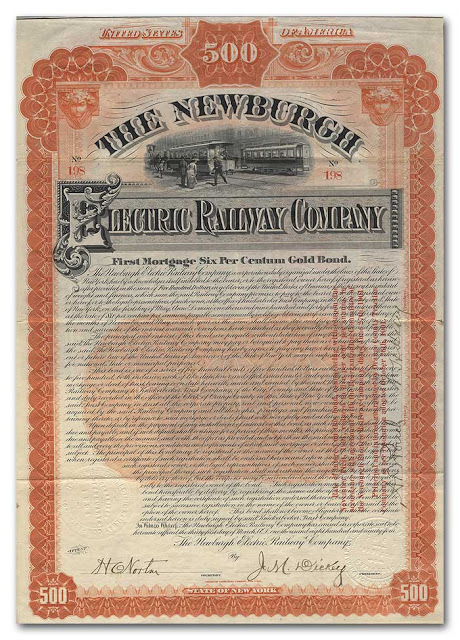as printed in The New York Times; April 1, 1906
BIGGEST RIVER LINER LAUNCHED AT NEWBURG
Little Miss Oclott Names the Hendrick Hudson with Water.
DOVES FLY AS VESSEL GLIDES
Many Innovations In Construction of the Vessel and for the Comfort of 5,000 Passengers.
NEWBURG, March 31. – The new Hudson River Day Line Steamboat Hendrick Hudson was launched here at 3 o’clock this afternoon at the shipyard of the Thomas S. Marvel Company. Little Katherine Olcott, the twelve-year-old daughter of Elmer E. Olcott, President of the Hudson River Day Line, broke the traditional bottle – containing, however, water instead of champagne – over the bows of the steamboat, and at once the vessel glided into the waters of the river that neceforth is to be her home.
At the same moment cannon boomed from the deck of the Hendrick Hudson’s sister ship, the New York; whistles shrieked, the crowds on the banks cheered lustily, the pleasure craft on the river dipped their flags as a salute to the newcomer, while a number of doves, liberated on the deck at the moment of launching, according to the Japenese custom, circled about in the air overhead.
With her nose sadly out of joint, owing to the prominence of her new and larger rival, the New York, until nowthe pride of the Day Line, left her prier at the foot of Forty-second Street, New York, at 11:30 o’clock this morning, covered with flags from bow to stern and carrying over 500 invided guests of the steamboat company. The New York had been rudely aroused from the Winter sleep a month earlier than usual to take part in the triumph of her rival.
Among those she carried on board was Charles H. Haswell, the dean of New York engineers, who was born in 1809, and remembers Robert Fulton’s Clermont, the first Hudson steamboat. At West Point a short stop was made to take several officers on board, and then the New York steamed straight for the destination, which she reached exactly on schedule time at 2:30 o’clock.
At Newburg a crowd of several thousands of people lined the bank of the river, while a dozen steamboats, launches, and tugs filled the sightseers and gay with many-colored bunting circled about the Marvel shipyard, awaiting the launching of the Hendrick Hudson, the great red bull of which loomed up conspicuously over the surrounding sheds and wharves.
Little Miss Olcott, with about a dozen others, mounted the platform built around the bows of the new ship. At a given signal workmen knocked away the supports under the keel, the great ship creaked and groaned as if anxious to be free, and then glided smoothly into the water. With a parting salute to her triumphant rival, the superseded queen of the Hudson turned sadly back to New York.
The Hendrick Hudson is the largest steamboat in the world. Her length is 400 feet over all, and her depth 14 feet. Seven steel bulkheads will make her practically unsinkable, and the inclosures around the boilers will be of heavy steel plating, eliminating all danger of fire.
Many innovations have been introduced in the construction of the Hendrick Hudson. Her shaft will be placed under the main deck, and she will be equipped with an inclined, three-cylinder, short-stroke engine, and wheels twenty-nine feet in diameter. Vibration will be reduced to a minimum, as the power will be evenly distributed. The entire craft will be built on the plan if a New York skyscraper, a rigid framework of steel acting as support for the upper decks.
The walking beam, which has always been a feature of Hudson steamboats, will be missing in the new vessel. Eight large boilers will supply steam enough to drive the vessel at the rate of twenty-three to twenty-five miles an hour.
In the matter of internal arrangements everything possible has been done for comfort and convenience. The Hendrick Hudson will accommodate 5,000 passengers. There will be a doctor aboard on each trip, likewise stenographers to take dictation from business men. Another feature will be a photographic dark room, where tourists may develop their pictures. Not only will the orchestra be so place that fully three thousand passengers may be within hearing, but a curtained recess will be provided for chorus singling, either by professionals or patrons of the line.
The Hendrick Hudson will be put in commission on or about Aug. 1.
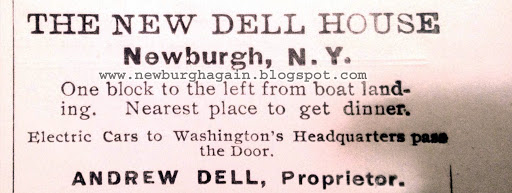


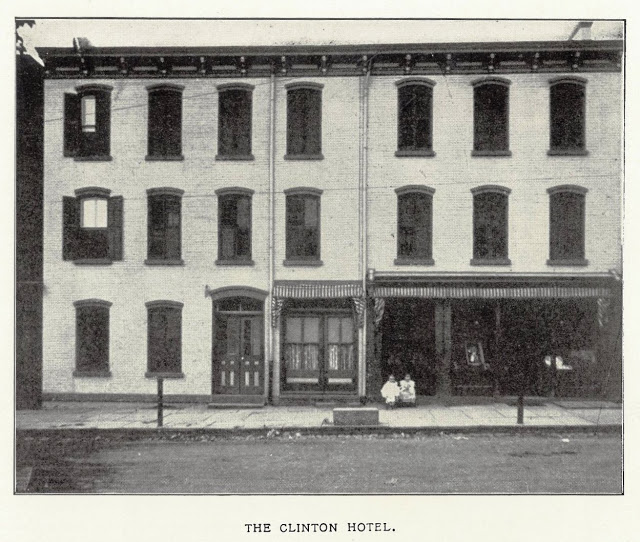
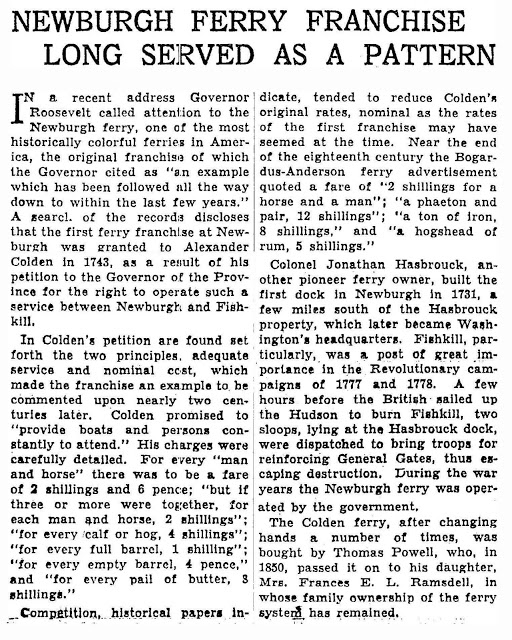
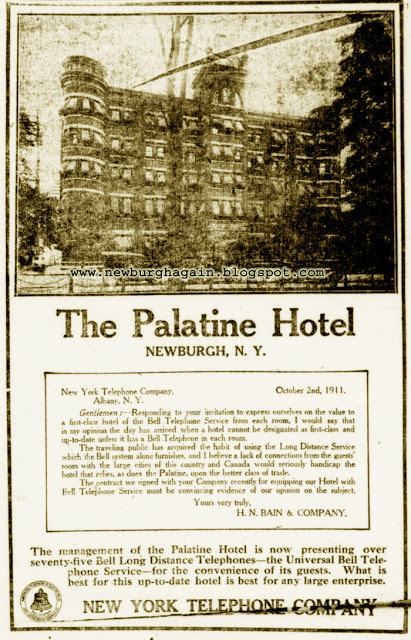
 “UNITED STATES HOTEL”
“UNITED STATES HOTEL” 

